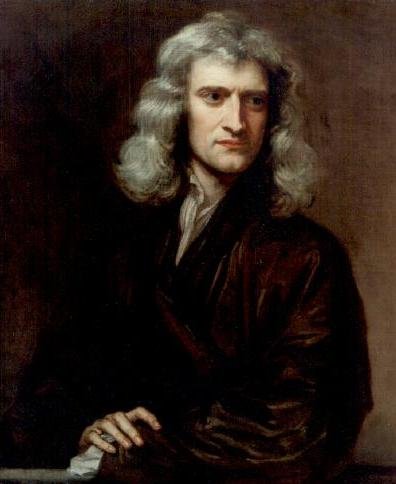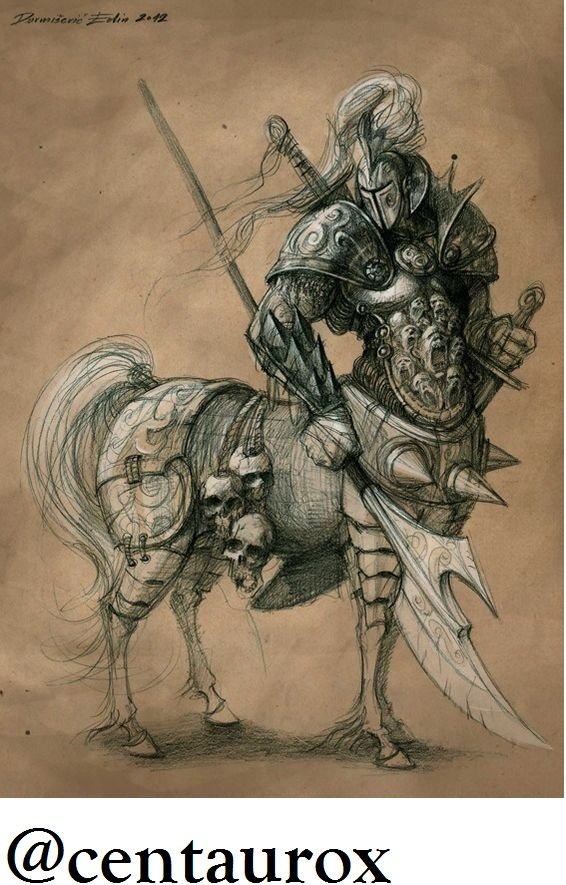NEWTON'S LAWS A LEGACY TO THE SCIENCE
When we speak about Newton, they are many contributions to the science, which presently is so current as if it was yesterday that they were discovered, since his scientist's philosophy was the way with which we deal the life and the universe.
.jpg)
Isaac Newton (1642-1727), source of image of mastery of wikimedia commons.
The laws that explain the movement of a body were descriptas for Isaac Newton in 1687. They give such an exact description of why there move the bodies that are constituted in a fundamental theory of the Classic Mechanics.
The study or the collision of these laws describing the Beginning of action - reaction that generally is named a Newton's third law, since it presents elements to tackle the concept of force as interaction. Analyzing the conditions so that a body or object is in balance in those bodies that are still or that move at constant speed.
That says to us Newton's third law
The action of a force acting on an object always reveals the interaction between two bodies. Newton understood that a force is not anything outlying but departs from a mutual action, that is to say, from an interaction between a thing and other one; therefore there is not possible the existence of an outlying force.
Whenever a body exercises a force on other, the second one exercises on the first one an equal and opposite force. Inside this theory established this characteristic of the forces in the third law of the movement, also acquaintance as the law of Action and Reaction.
Staying in a more simplified and technical way, if two bodies interact, the force exercised by the body 1 on the body 2 (F1,2), 2 has the same module, the same direction and put up sense by force exercised as the body, on the body 1 (F2,1).
Can express this law as:
F1,2 = - F2,1
I explain to Them the following thing, where the first one of the subscripts alludes to the body that exercises the force and the second subscript, which is placed after the comma, indicates on what body it operates the force.
Is necessary to take in account that the forces F1,2 and F2,1 operate on different bodies. F1,2, it is the interaction that realizes the body 1 on the body 2, this force operates on the body 2. On the other hand, F2,1, it is the interaction that realizes the body 2, on the body 1, this force operates on the body 1.

Image prepared for @centaurox
Two forces that intervene in any interaction between two bodies receive the name of action and reaction. This denomination does not mean that one of the forces could be considered to be the cause and other one the effect of the analyzed interaction, which he wants is to announce in an educational way, of general form the denomination action is used, to allude by force that acts in the object.
The characteristics of the forces action and reaction:
1.-They arise from the same interaction
2.-They have equal module.
3.-They have equal direction.
4.-They have opposite sense.
5.-They act on different bodies.
6.-They act simultaneously.
That says to us the Newton's second law
The Newton's second law allows us to tell that it happens to an object when the sum of the forces that act on him is not equal to zero.
This law describes us the following thing, An object on which it operates a clear force, has an acceleration (a).
The vector to tiene the same direction of the clear force and his module is equal to the quotient between the clear force and the mass of the object (m).
The clear force or resultant force (R), that can be considered that it acts on the body is:
R = F1 + F2

Image prepared for @centaurox
The resultant one (R), of the sum vectorial of all the forces, which act on a body or clear force is equal to the product of the mass of the body, for the acceleration that acts on him.
Have that:
R = Σ F = clear Force
clear Force = m to
Something that we must know, since important fact is the acceleration, which acts on a body is a magnitude vectorial and speed of the above mentioned body expresses itself as the change of the vector, in an interval of time. to = Δv / Δ t.
That says to us the Newton's first law
One of the effects of a force is to modify the state of movement of a body. This movement can be considered to be a compound by movements of movement and rotation, in the most general case, the only force that acts on a body produces changes in his movement of movement and of rotation.
Taking in account if there are different the forces, which act on the body, his effects can be compensated, therefore change will exist in his movement, neither of movement nor of rotation. We say then that the system is in balance if it fulfills the following conditions:
a) the body in his set remains at rest or moves at constant speed.
b) the body does not turn or does it at constant speed.
The first condition of balance makes sure that the body must have balance of movement and the second one affirms the balance of rotation, the affirmation of which a body is in balance when, these two conditions are fulfilled is the essence of the Newton's first law. A contribution much bases in it is possible to understand of this law, so that a body remains at rest or moves at constant speed, it is necessary that the sum vectorial of all the forces, which act on him is equal to zero.
Recodemos that F1 and F2, if the forces have the same module and direction, being his opposite senses, that is to say:
F2 = - F1
Then the clear force that acts on the body or resultant force (R) is zero.
R = F1 + F2
R = 0
When a body is in balance, the resultant force obtained, on having added all the forces that act on him, is zero, although on the body they operate more two forces.

Image prepared for @centaurox
In general terms we can express
R = Σ F = F1 F2 … … … Fn = 0
Where the symbol Σ represents the sum of all the forces that act on the studied body, bearing in mind the components of every force that are in the same direction, we can add the forces in the direction of x and and
Σ Fx = 0
Σ Fy = 0
Hooke was who suggested to Newton, that what it supports to the planets in an orbit, about the sun, is a centripetal force (towards the center), which turns them away from his tendency to continue on line straight line.Isaac Newton: English of the apple - Page 65 for Bram de Swaan - 1999.
Thanks to all these contributions and laws, they allowed several discoveries, which formed the base of the physics as we know her today. In Newton's philosophy, it is more known that perhaps for the famous anecdote of the apple that fell down from a tree and revealed the Theory of the Gravity, of such a way I come to the conclusion that an object, it does not move unless force is applied to him.
It is important to know and to spread that the essential counterfoil was the law of universal gravitation of Newton, with the time it was replaced, for the theory of the general relativity of Einstein.
In his historical moment, I invent the telescope of mirrors in 1672 and leave the base of the spectral analysis.
Apart from The field of the physics also it left a very important legacy in the field of the Mathematics, in reference to the problem of the analytical geometry of the curvatures, with his theories of “ method of colds ” and “ inverse method of colds ”, of which public his book ” It Begins of geometric similar arguments ”.
Also his laws served, for the conquest of the space, and the system of navigation used by the bread bin.
bibliographical Source
Isaac Newton: work and context: an introduction - Page 211 for José Granés Sellarés - 2005.
Isaac Newton: English of the apple - Page 65 for Bram de Swaan - 1999.
Isaac Newton: The universal gravitation for 50Minutos.es - 2016.
